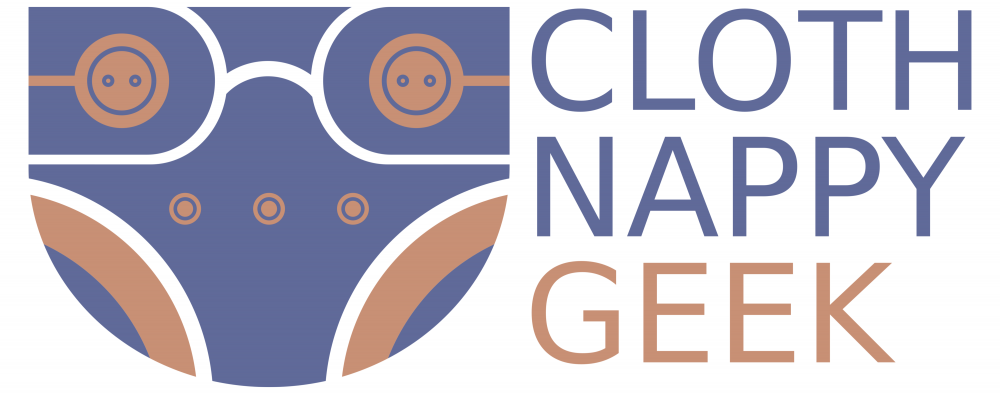Most people start using cloth in the day but are a bit scared to take the plunge overnight. I was exactly the same. I used cloth part-time from when my baby was 10 days old. We gradually increased using cloth nappies until we were full time during the day. But it was another few weeks until I felt brave enough to try night time.
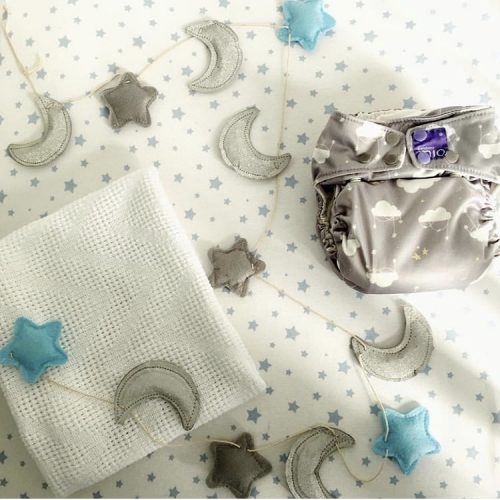
I totally understand the fear. No one wants to risk make the sleeping situation any worse for themselves. And whilst a leak in the day can be annoying, a leak at 3am is frankly horrible.
The day my baby turned 6 weeks I put him in his first night nappy. Despite my fears it was fine, no leaks and sleep was… well let’s just say as normal.
A night nappy does need to hold a lot of fluid. But those 12 hours are not the same as the 12 hours during the day. Even if your baby is still feeding during the night the urine output is not the same as daytime. During the night your brain releases a chemical (called antidiuretic hormone) to tell your kidneys to cut down the amount of urine produced whilst you sleep. So yes the night nappy is going to need some boosters, and yes it will be bulky but it’s not having to deal with a comparable amount of fluid as during the day.
Simply speaking you will most likely need a two-part system overnight. This will consist of an absorbent part, and a wrap. It’s highly likely you’ll need a booster or two as well.
Night nappies – the absorbent part
This will either need to be a flat nappy, which you fold somehow. Or a shaped/fitted nappy which like the name suggests is already shaped like a nappy so you just fasten it to your baby.
Flats
A flat nappy is essentially a square of fabric. The humble terry is the most widely known. Flats can be made from cotton, hemp or bamboo but cotton is the most common. As well as terries you can also have muslins or prefolds. Flats can be folded onto your baby or folded and laid flat in a wrap (called padfolding, see below). There are loads of different folds to suit different babies. I’d recommend having a quick look at a few folds online. Most have the option of including a booster within the fold to increase absorbency. You will also need to add a fleece liner between the nappy and your baby so they feel dry.

You can also padfold flats. This is simply a quick fold, normally into thirds, and placed into a wrap. The padfold is not fastened to your baby and so you’ll need to ensure the wrap you’re using is tight enough to hold this absorbency in place. To add extra absorbency you can also add a booster into the flat as you pad fold.
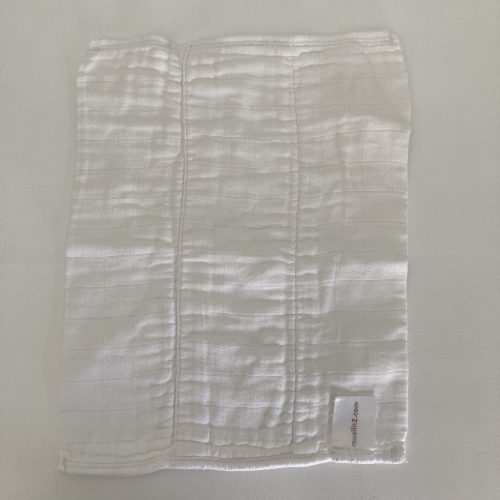
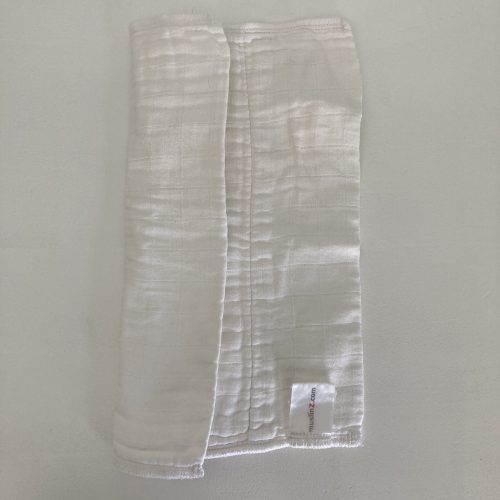
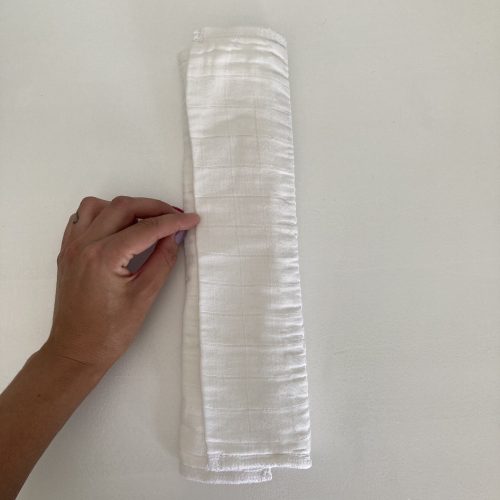
Shaped/fitted nappies
Again these are commonly made from cotton, bamboo or hemp. Some are fleece-lined already so you don’t need to add your own. Some come with their own boosters as part of the price. There are also choices in how you fasten these nappies, they come in popper, Velcro or nippa. With some brands you’ll get a choice of fastening, with others only one option will be available. It’s worth thinking about what sort of fastening you would like.
Finally some shaped/fitted nappies are birth to potty, others are sized. Depending on the age of your baby you may need multiple sizes to take you up until potty training. This can work out a lot more expensive, especially when you consider that being dry at night normally comes at least 12 months after being dry in the day.
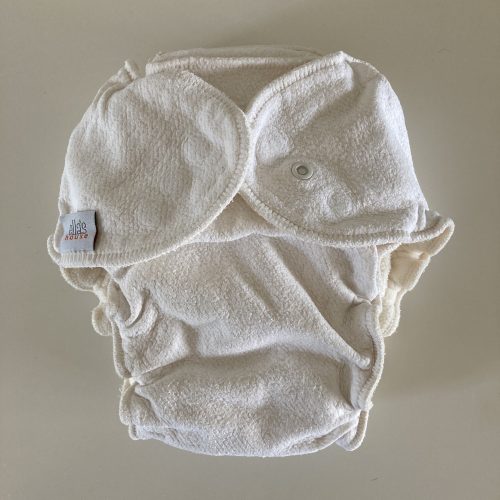
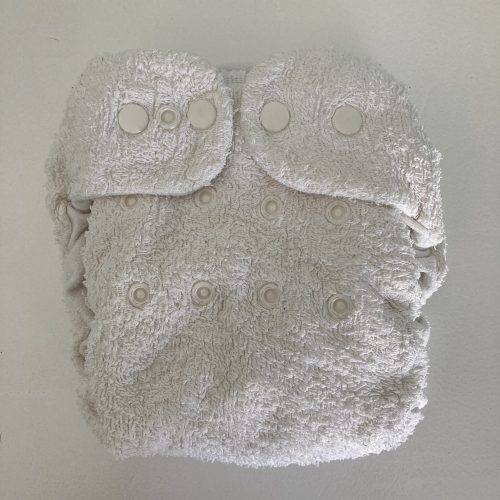
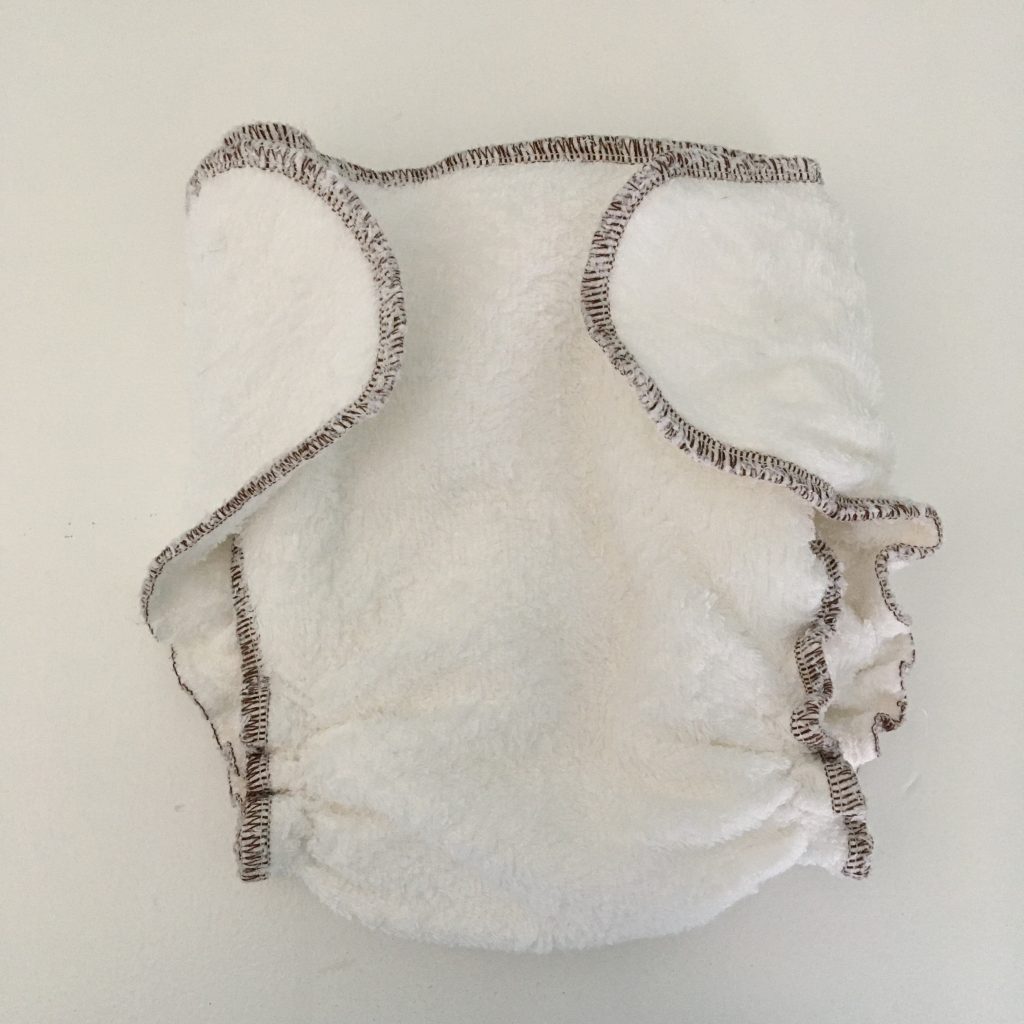
Night nappies – the waterproof part
To prevent leaks you’ll need to cover your absorbent nappy with a wrap. Again there are a whole host of options. Most are PUL but you can also use wool. There will be a choice of fastening, from pull-ups to poppers or Velcro. And a choice between sized wraps or the more economical birth to potty option. As night nappies are much bulkier than their day-time counterparts you may find you need a large wrap for night time. So don’t worry if you need to size-up or open an extra rise setting, this is normal.
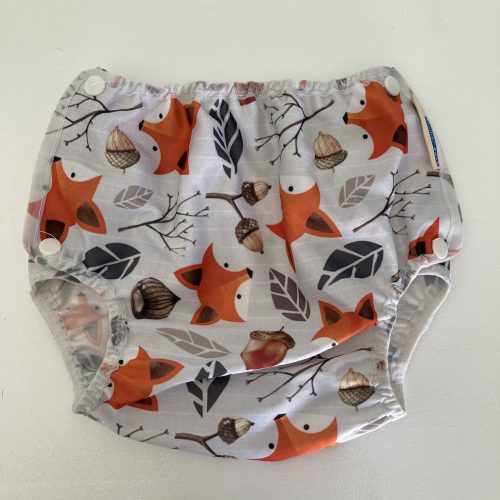

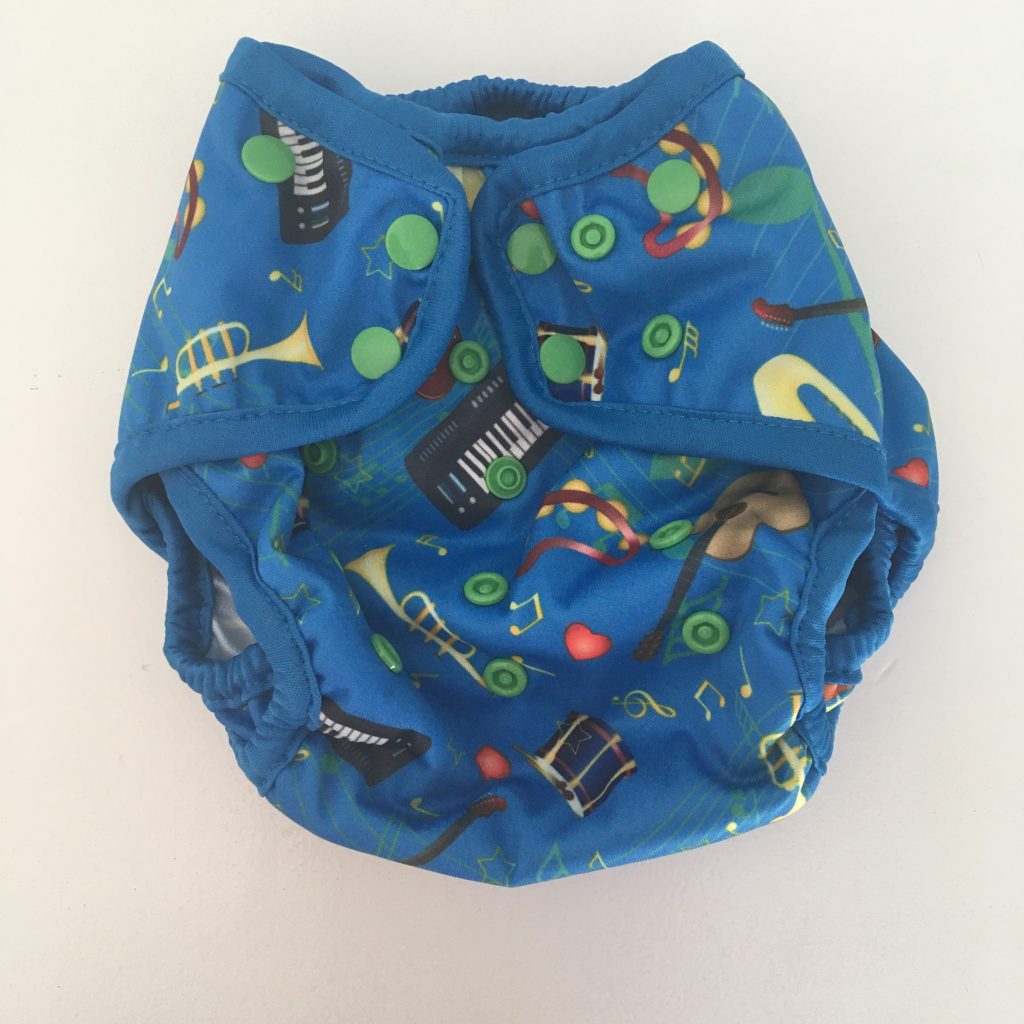
Boosters
These are a great, cost effective and simple way of adding more absorbency to what you already have. You can add them into the absorbent nappy, either within a terry fold or most shaped nappies have a pocket where boosters can added. You can also add boosters between the nappy and the wrap, either instead of or as well, as adding to the nappy.
You don’t always need to buy boosters either. There are plenty of absorbent things you might already own which can help. Folded flannels or muslins are really cheap options and work well added between the nappy and wrap.
If you do need to buy boosters then I would always recommend hemp, especially for night nappies. It will give you the most absorbency for the least bulk. They are a little more expensive than other fabrics but you won’t need so many if only using at night and they are a worthwhile investment. My favourite boosters (the one pictured below) are Easy Peasy hemp.
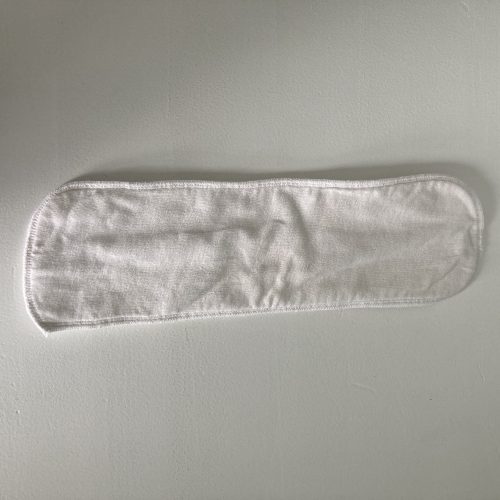
If you’re thinking of trying cloth overnight then give it a go. Add an extra booster if you’re worried, you can always try without the following night. If you have any questions then you can always DM me on Instagram.
You can also see this guide, and many others, on my YouTube channel.
